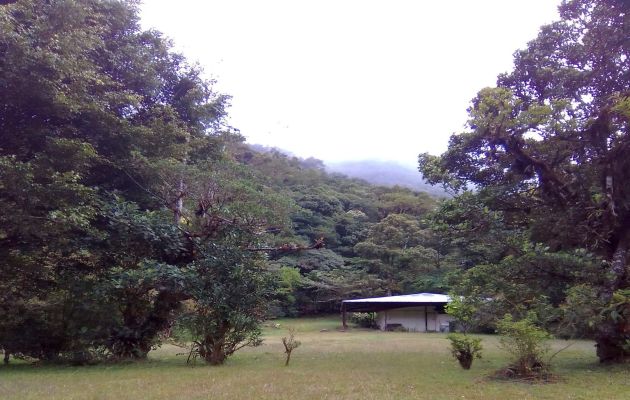
Quetzal Valley! Does such a place really exist? I mean, it sounds like something from an eco-cartoon where all the animals live in cloud forest harmony with all of the big, beautiful trees. It also sounds like a piece of heaven; something about valleys, a lot to do with quetzals.
In the birding realm, any quetzal is a little piece of heaven. At least they are for me, and I daresay most birders would probably agree. Of the 6 species of quetzal, the one that lives in the cloud forests of Central America usually gets the “most spectacular” badge. With a name like Resplendent Quetzal, I guess it kind of deserves such regal recognition.
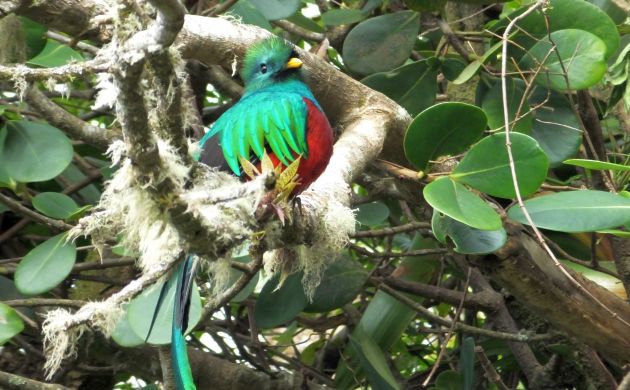
This mega trogon truly does look like something out of your wildest birding dreams. Shining jade plumage, velvet red below, a wispy golden-tinted helmet and extra long feathers overhanging the actual tail. That is one seriously crazy looking bird!
And yes, this species lives in Quetzal Valley, a place that actually does exist! Even better, this site near San Ramon, Costa Rica is almost too accessible. Situated on a good road that leads up and into cloud forest, Quetzal Valley is a beautiful corner of a cloud forest complex that also includes Monteverde and other sites with fantastic birding.

But, as with anything in real life, Quetzal Valley is no cartoon. The birds aren’t always visible, fog can creep in to blanket the valley with chilled air, and there are predators. On a recent visit, I was reminded of that when we saw the feathered remains of an Ornate Hawk-Eagle feast.
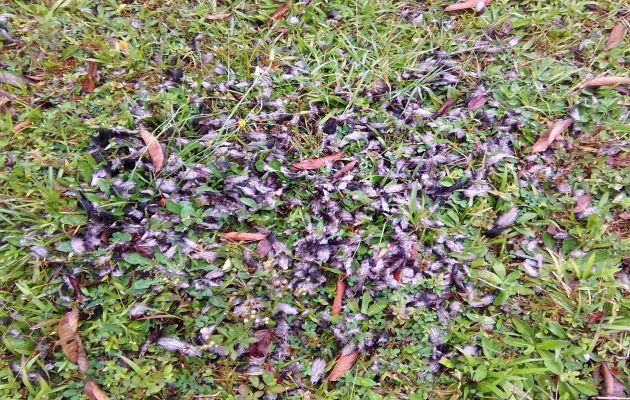
These are feathers of a Black Guan that had been caught and plucked by a hawk-eagle on the ground.
As luck would have it (for birders at least), this large tropical forest predator nests on a heavily forested slope overlooking Quetzal Valley and local guides have a trail that leads to views of the nesting tree (!). The raptors range over a large area in search of prey but also have the benefit of being near several fruiting trees on the valley floor that attract a host of birds to prey on.
As one might imagine, those trees are also a boon for birders. During our morning of birding, we also saw several thrushes, tanagers, Golden-browed Chlorophonia, and other species feasting on tropical fruits.
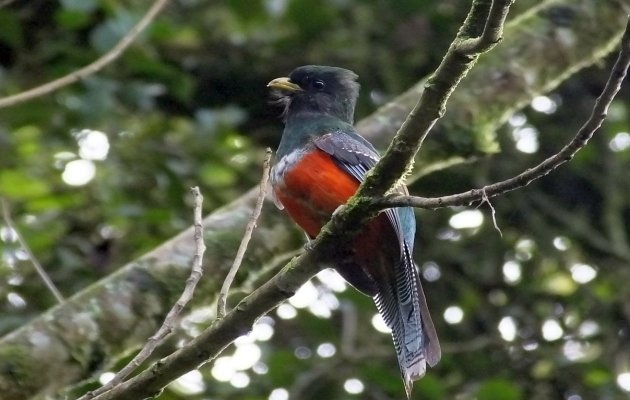
They were joined by Collared Trogons (looking like the one pictured above), Black Guans, and at least three Resplendent Quetzals.
When we got tired of walking around, flowering hedges gave us views of several hummingbirds including Purple-throated Mountain-gem (a typical species of Costa Rican cloud forest),
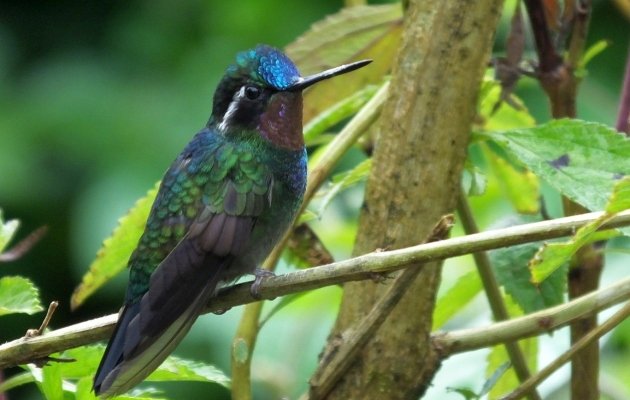
and the decidedly less common Magenta-throated Woodstar.
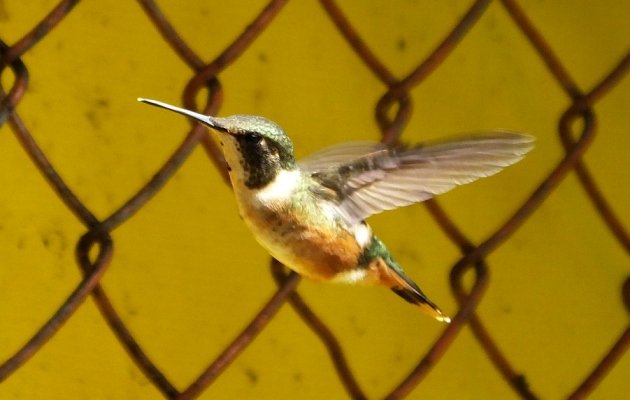
Despite the evocative name, Quetzal Valley isn’t just for the birds. This important site also acts as the perfect, outdoor teaching lab, a place where people can learn about birds from local guides who are invested in the appreciation and protection of the cloud forest. This is the best magic that happens in Quetzal Valley (although watching quetzals flutter around is kind of hard to beat…).
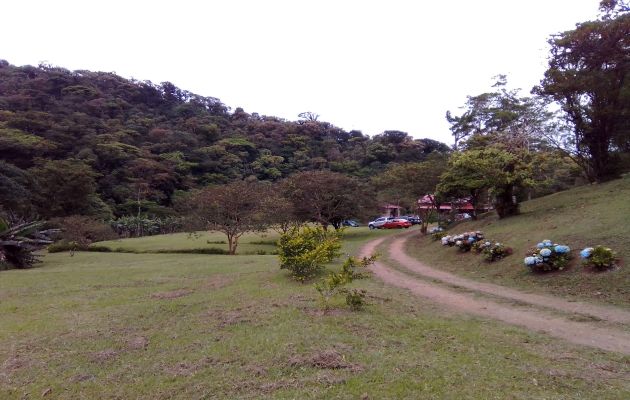
To learn more about Quetzal Valley or take a tour with one of the main local guides, contact Ignacio Arias at Nacho Tours. He always knows where the quetzals are and if the Three-wattled Bellbirds are around!










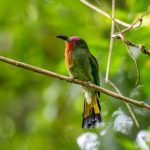

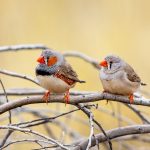
Leave a Comment